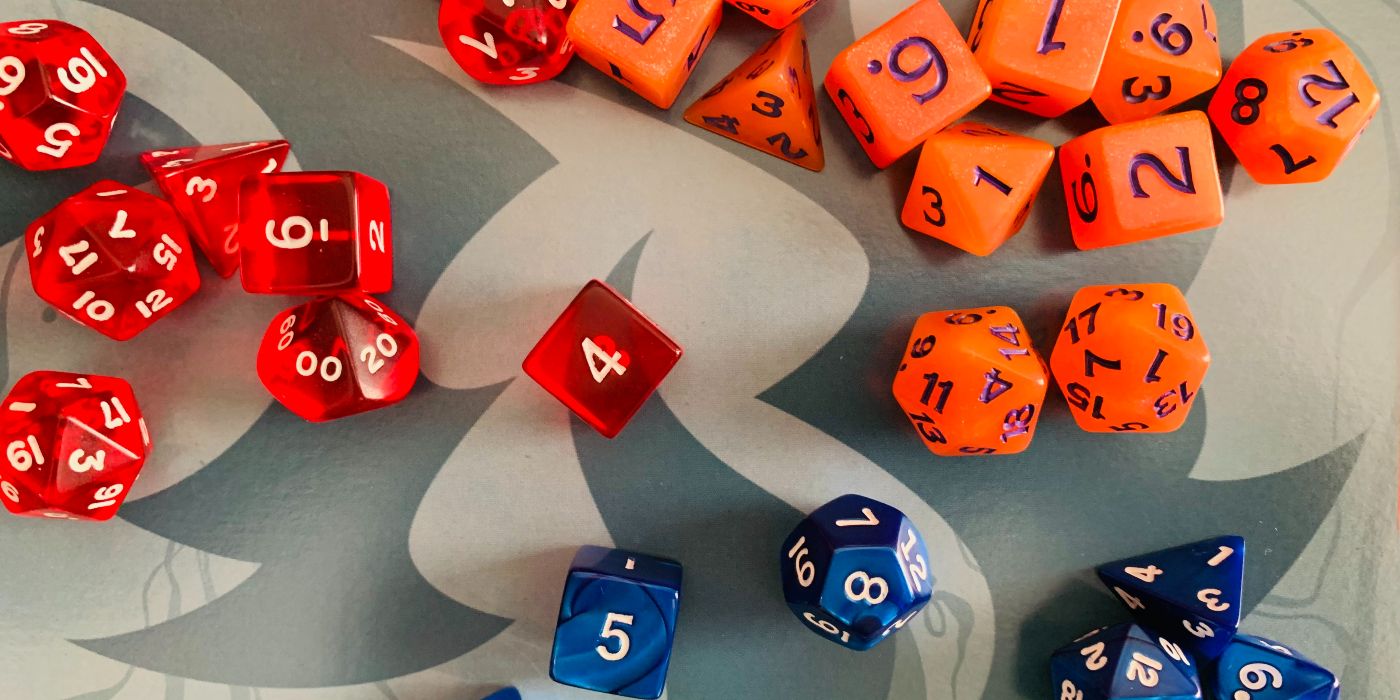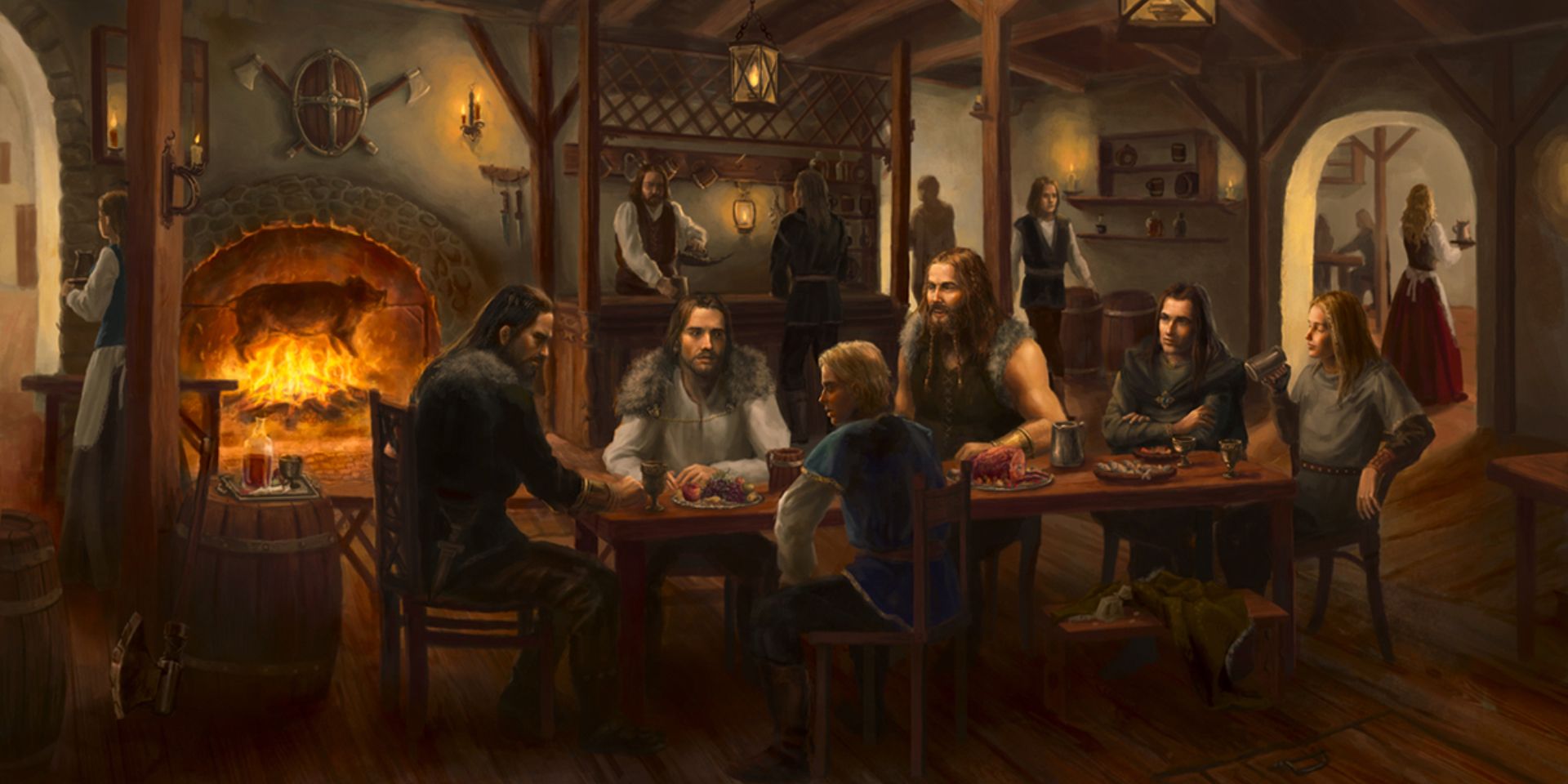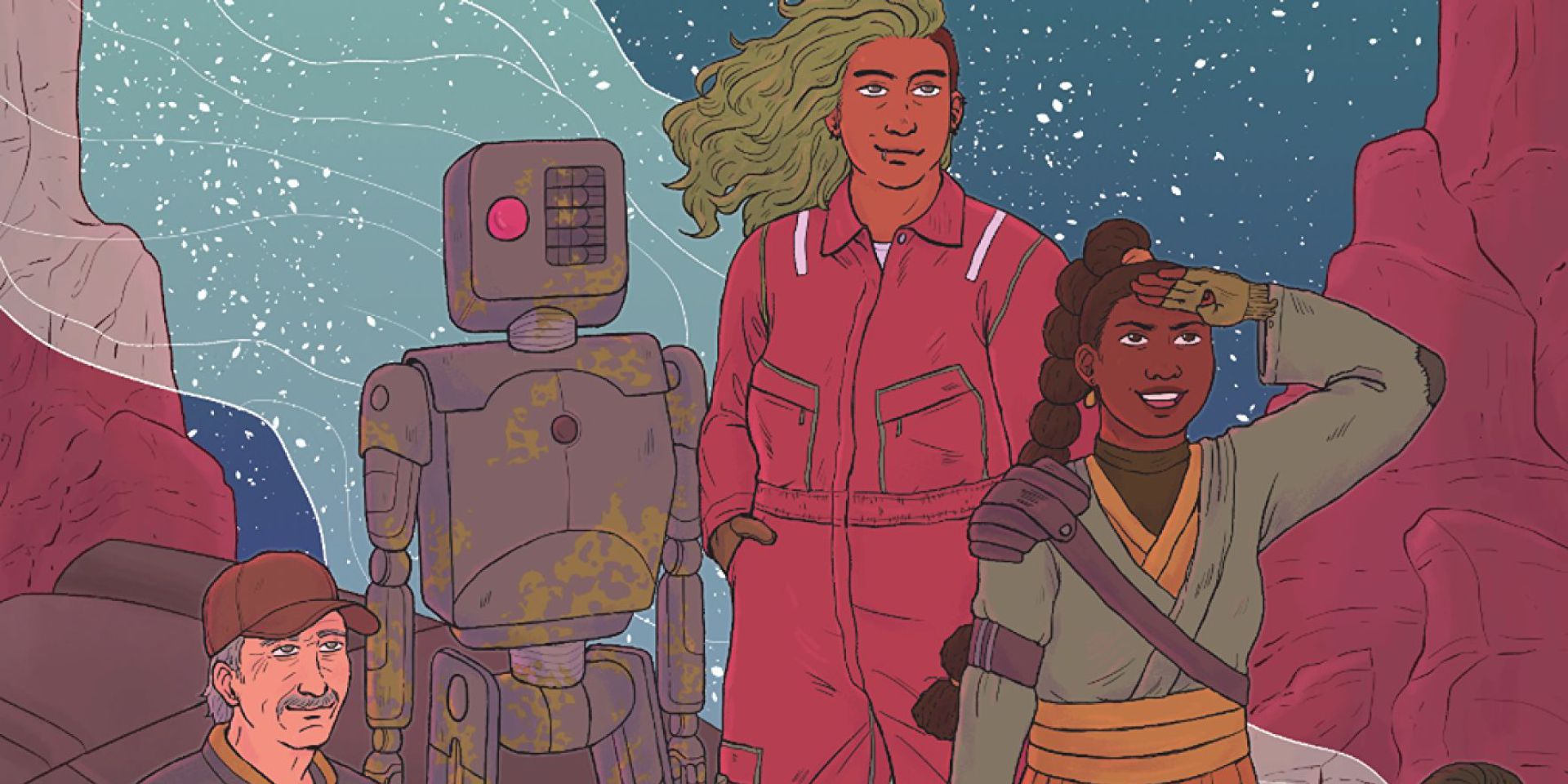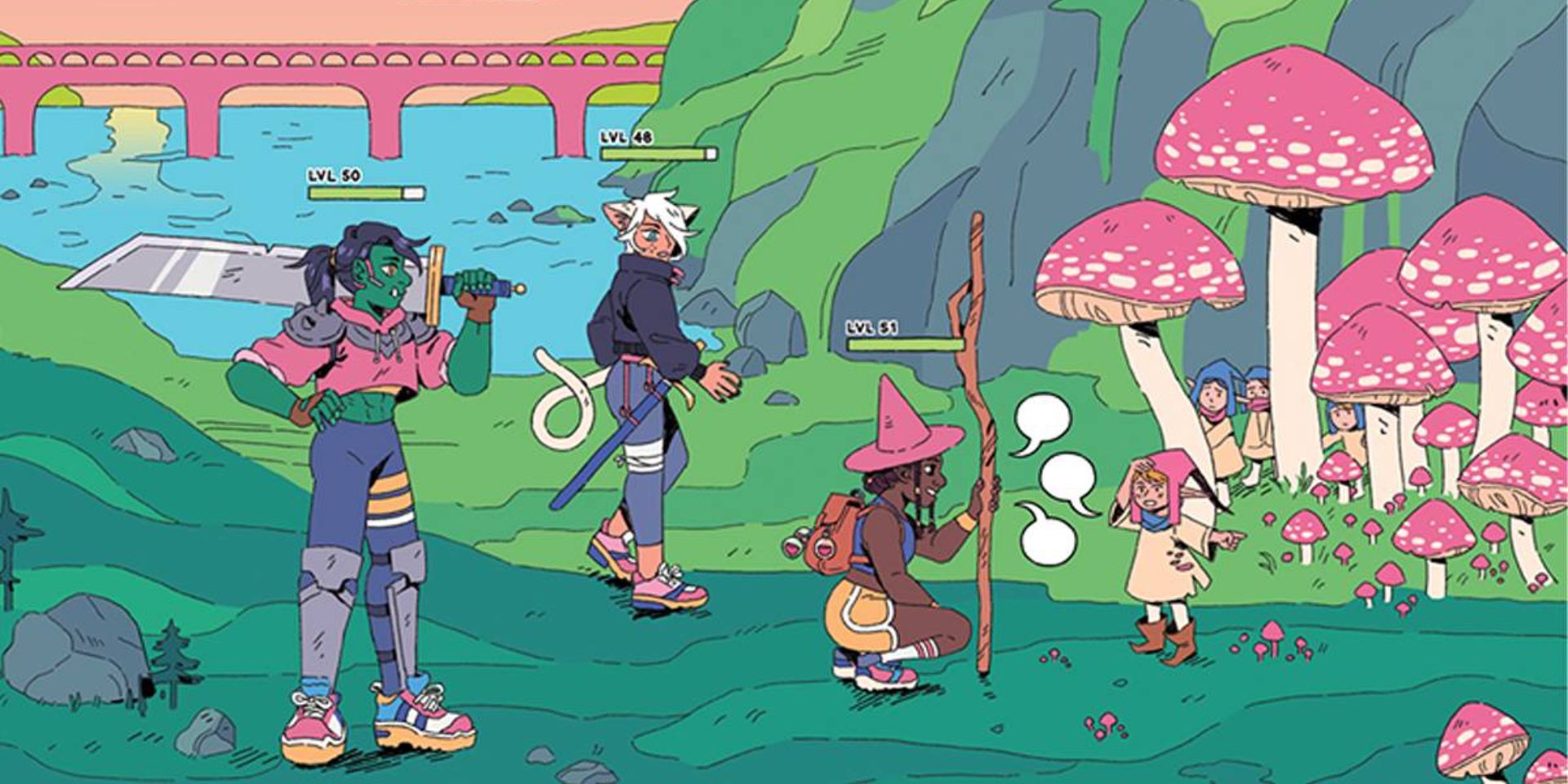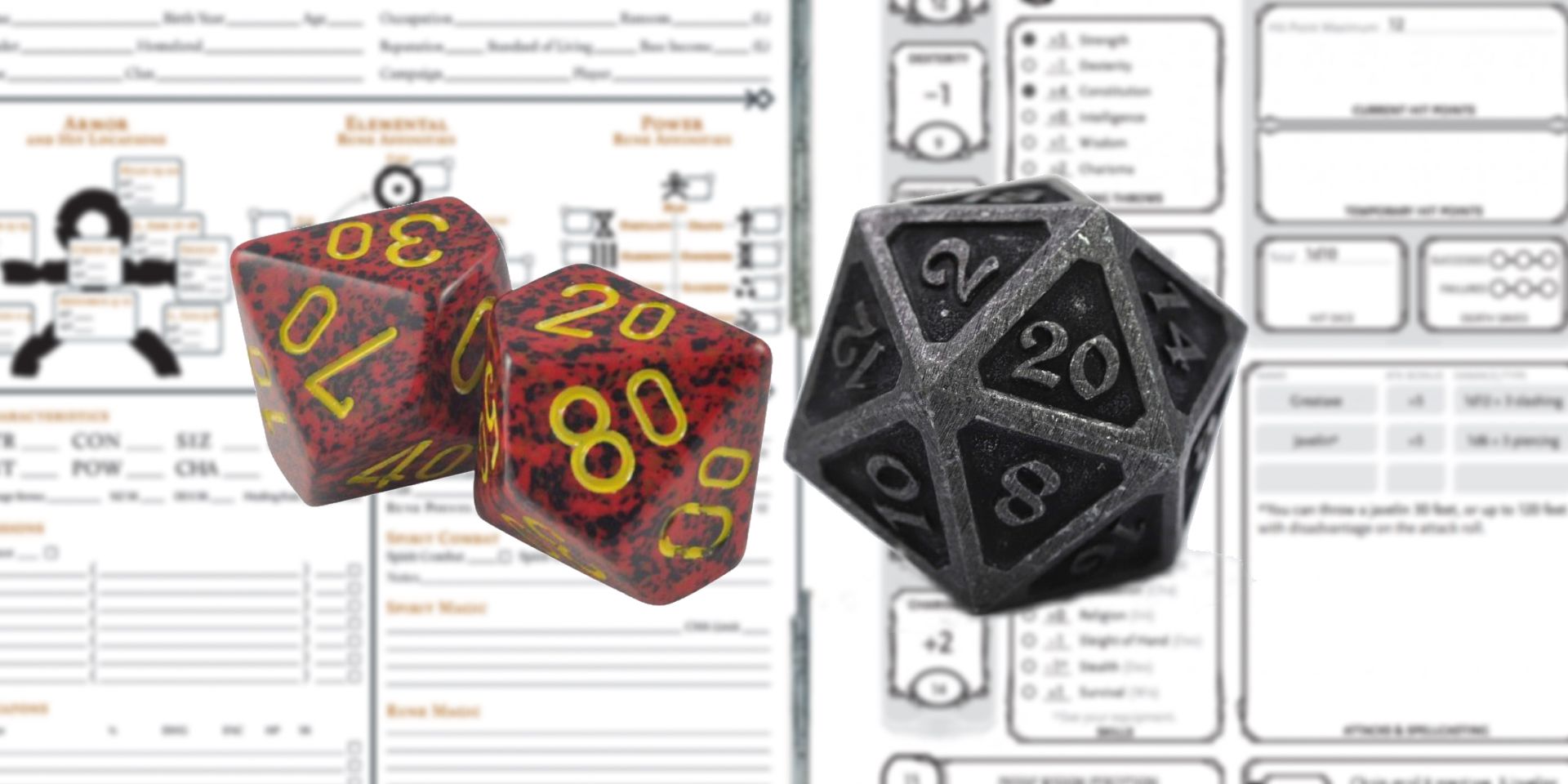At first glance, creating an indie tabletop roleplaying game an easy activity - would-be tabletop RPG designers just need to type up some rules and tell players what dice they should roll. To create an RPG as fun to play as Dungeons & Dragons or RuneQuest, aspiring game designers do need to play-test their new RPG drafts, soliciting feedback from their play-testers to fine-tune the game's rules and better express its core premise. To this end, here are a few fundamental tips RPG designers can use to set up play-testing sessions and get the most out of the critiques they receive.
To design a computer RPG, even a simple 2D one, solo developers must be proficient in computer programming, graphic/sound design, and narrative design, among other things. Indie tabletop roleplaying games, in contrast, theoretically only require a PDF of written rules, a character sheet, and dice to roll (and not even the last, in the case of dice-less tabletop RPG systems). Theoretically, this makes it very easy for aspiring indie RPG designers to create new games and upload them to websites such as itch.io or Drivethru RPG.
However, tabletop RPG systems do still require a lot of play-testing and iteration in order to become fun and accessible to most players (even Dungeons & Dragons 5th Edition, the latest version of the world's first fantasy roleplaying game, is still being worked on and tweaked by designers at Wizards of the Coast). Play-testing doesn't just help game designers see if their RPG functions, but also gives them a space where they can experiment and innovate with new gameplay concepts or tabletop RPG design philosophies. The following RPG play-testing tips and methods have been designed with indie developers in mind - people who've designed their own original game rules or hacked an open-source RPG system and want to fine-tune their ideas.
RPG Designers Should Draw From Games They Like AND Dislike
Many tabletop RPG developers start out as tabletop RPG players, just as many authors start out as avid readers. Fans of old-school fantasy RPGs like Dungeons & Dragons may start out by creating their own twist on the dungeon-crawling tabletop game format they love and enjoyed in the past (a phenomenon that led to the coining of the term "Fantasy Heartbreaker" RPGs). Other developers create their first original tabletop RPGs out of a desire to make something different - a game with rules they find less frustrating, a roleplaying system designed to tell stories in niche genres, etc. Regardless of their precise motivations, aspiring RPG designers should, to the best of their abilities, have clear design goals in mind when writing their first drafts, even if it's just a simple statement along the lines of "Like D&D, but more kid-friendly." Clear and specific design goals help RPG developers process the feedback from their play-testing groups and figure out how their game draft should evolve.
Playtest The First Few RPG Drafts With Friends
There are two good reasons for designers of original or adapted tabletop RPGs to play-test their drafts with a circle of friends - ideally friends from a pre-established gaming group who are willing to try something new. First, friends are more likely to be interested in the same stories or games as the RPG designer and thus more likely to understand what the designer's intent was. Second, a group of friends is more likely to be supportive of the game designer and play their RPG draft in good faith. Finally, even the most constructive criticism can be easier for tabletop RPG designers to accept if it comes from someone they trust.
Playtest Later RPG Drafts With Strangers
Eventually, indie tabletop RPG designers should reach out to less familiar members of the tabletop gaming community in order to playtest later drafts of their game system. The important part of this phase of play-testing is seeking the opinions of the wider public. For instance, tabletop players who don't share the designer's interests, people who aren't as immersed in the roleplaying game hobby, etc.
Some indie game designers may want to recruit new play-testers to participate in one-shot game sessions on sites like Roll20. This phase of tabletop RPG play-testing can also be as simple as writing up "...a PDF using Word, [making] it look half decent with a bit of your own layout work, and stick[ing] it out there on DriveThru RPG," according to Chris Birch, head of the Modiphius Entertainment tabletop games company. This should make the prospect of developing a tabletop RPG less daunting than it otherwise could be.
Grade RPG Drafts Based On How Fun They Are To Play And Run
After receiving feedback from the play-testers of their tabletop roleplaying game draft, game designers should compare the impressions of their players to the original design goals they had in mind, either tweaking the rules they created to better match their game's concept or re-working the game's concept to match the roleplaying approaches the play-testers took. What's important is that the game designer makes sure their RPG is fun for both the players and the referee who runs the games – the Dungeon Master, Game Master, Storyteller, etc. (tabletop RPG safety tools like "Stars And Wishes" are great ways to solicit constructive feedback).
In most tabletop RPGs, players will follow a set of rules to create their characters, describe what their characters do or say over the course of the game's story, and use dice, cards, or tokens to decide the outcome of their actions or choices; game designers should take care to evaluate these three phases of roleplaying during a play-test session, tweaking rules to make the gameplay more intuitive and excising any boring, unnecessary rules. For more complex, tactical RPGs like Dungeons & Dragons, designers should also evaluate game mechanics such as combat rounds, rules for exploration, and paradigms for casting magic in their tabletop RPG, making sure players have a wide range of problem-solving approaches and ways to customize their characters. Finally, game designers should do their best to streamline the book-keeping of their RPG's Game Masters by giving them clear, intuitive guidelines for designing enemies, calibrating challenges, and creating new stories for players to enjoy.

